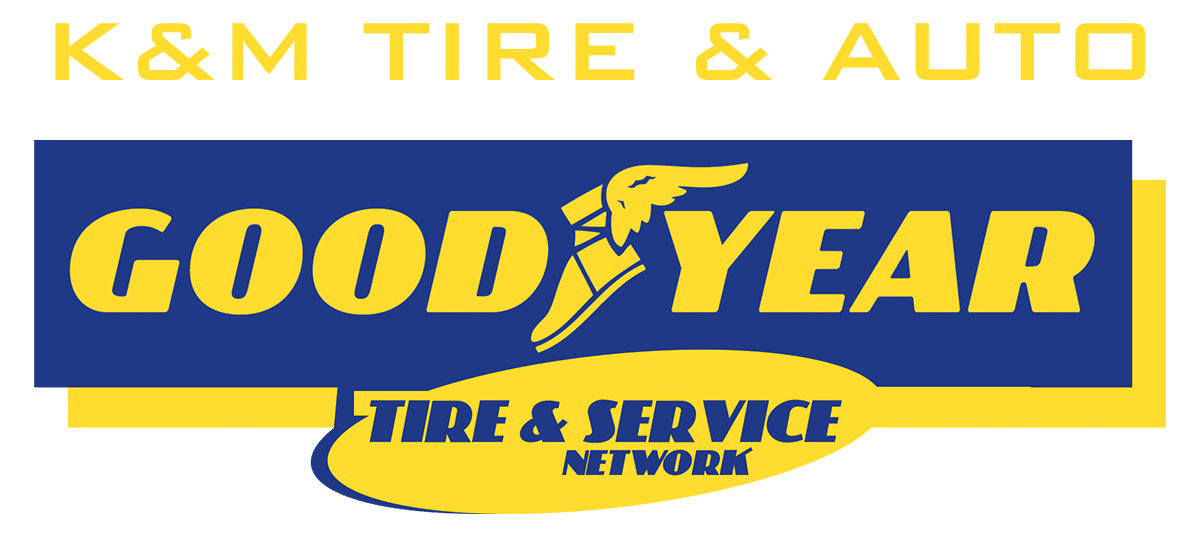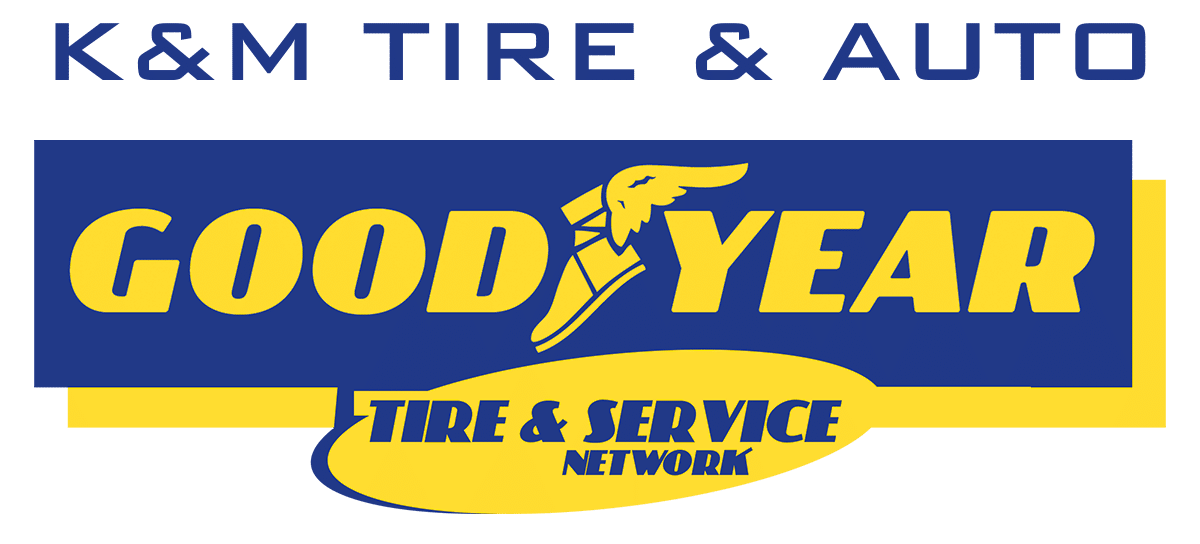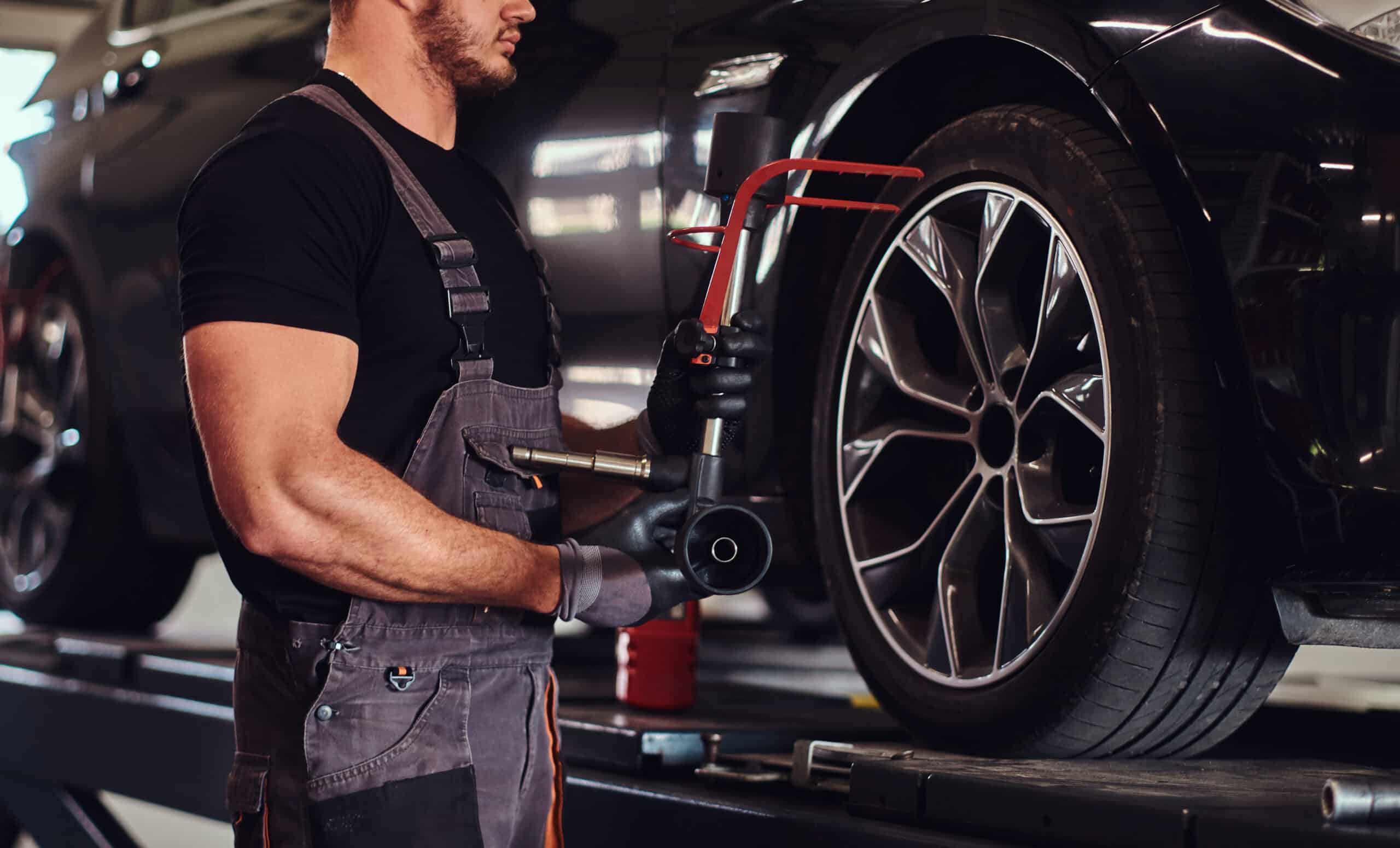The tires on your car are what make the ride comfortable for you and your passengers more than anything else. However, tires are also important for keeping passengers and the driver safe by bearing the weight of the car. It is the responsibility of the vehicle’s owner to ensure that the tires are filled to the correct pressure for optimal performance. Keep in mind that solving tire problems can improve your car’s longevity, handling, and mileage.
Because they are the only car parts in contact with the ground, tires frequently incur varying degrees of damage. So be sure to read attentively as this article will cover the most typical tire issues as well as fixes.
Tires That Aren’t Properly Inflated
Keeping the tires inflated to the recommended pressure per the vehicle’s manufacturer is one of the most fundamental forms of vehicle care. However, drivers may negatively impact the performance, safety, and tire life of their vehicles by overinflating or underinflating their tires.
Overinflated tires have a shorter lifespan, less grip, and a higher risk of a blowout due to rapid central tread degradation. Conversely, the shoulders of a tire will wear down faster if it is underinflated. Incorrect tire pressure can be corrected by adding or removing air from the tires, as necessary.
The solution? It’s an easy one: just keep an eye on the tire’s pressure!
Bald Tires
One of the most common tire problems is that they quickly wear out. How dare they, right? But tires have a certain lifespan, so it’s just the way it is. To begin with, they are made out of rubber, and in addition to this, they hold your car up no matter how heavy it is or no matter how much it rocks and rolls as you go.
If you take good care of your vehicle and tires, you shouldn’t wear out quickly. It is essential to get them changed when this occurs to prevent blowouts, whatever the cause. Before getting in, it’s a good idea to take a quick stroll around the car and examine it visually. Check your tires’ tread depth and learn what level of wear is the legal minimum so you don’t have to wait until then to replace your tires.
Punctures
Punctures are bothersome and problematic because they can lead to damaged wheels and compromised vehicle control. You may have a flat tire if you notice a dramatic change in your car’s handling or if it pulls to one side while driving. Nails, screws, and shards of glass are the most common examples of road debris known to cause punctures and loss of tire pressure.
As long as the sidewall hasn’t been compromised, punctures are repairable. This is something best left to a tire professional to check. However, larger holes frequently mean a brand-new tire is needed.
Misalignment
Camber wear, in which tires wear out more on one side, is a telltale symptom of a misaligned wheel. Although this wear is difficult to spot, you may feel for excessive or uneven wear by running your fingertips over the tire. A crooked steering wheel and a car that pulls to one side are also symptoms of tires that are out of alignment. If your tires aren’t properly aligned, you risk losing traction, experiencing early tire wear, and even having an accident.
To avoid all this, we suggest consulting a tire professional to realign the tires in order to improve traction and performance.
Emergency Brake Damage
One drawback of using emergency brakes is that this might cause rapid tire wear in a concentrated location. If neglected for too long, this can cause the tires to deflate and the car to lose control. You should inspect your tires for uneven wear after making an emergency stop.
Driving At Speed
Your tires are more likely to be damaged if you often drive at high speeds. Overheating caused by increased driving speeds can damage tires and lead to a loss of control, while collisions with road hazards like potholes can cause more severe damage at faster speeds.
Tires should be replaced promptly if they show signs of wear after being subjected to frequent high-speed driving.
Conclusion
A careful and attentive driver always checks their tires. It is not necessary to go down on your hands and knees and poke your nose into the tread of your tires to check for damage; a quick glance before you jump in the car will suffice. If you want to avoid these typical tire problems, you should examine them more closely at least once a month.


